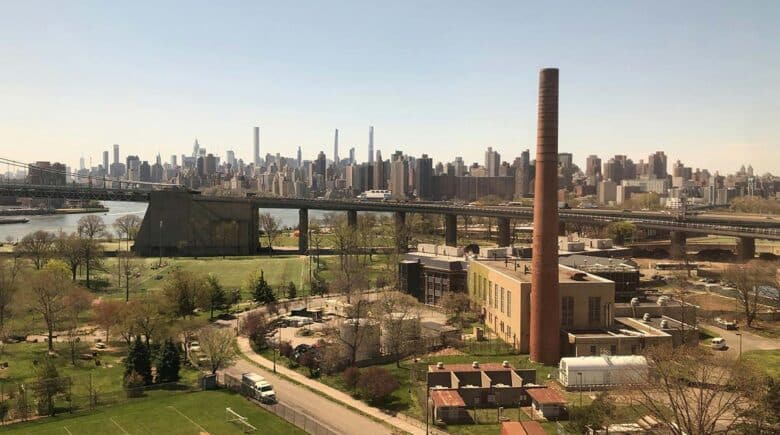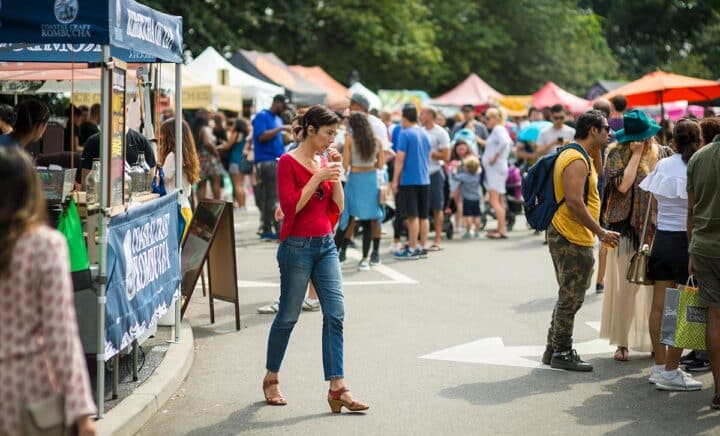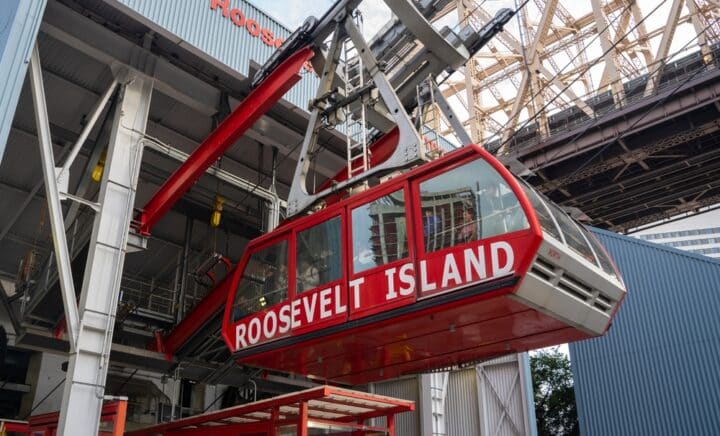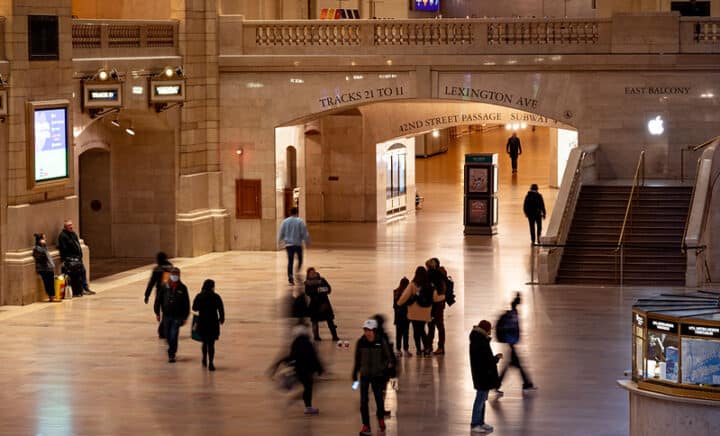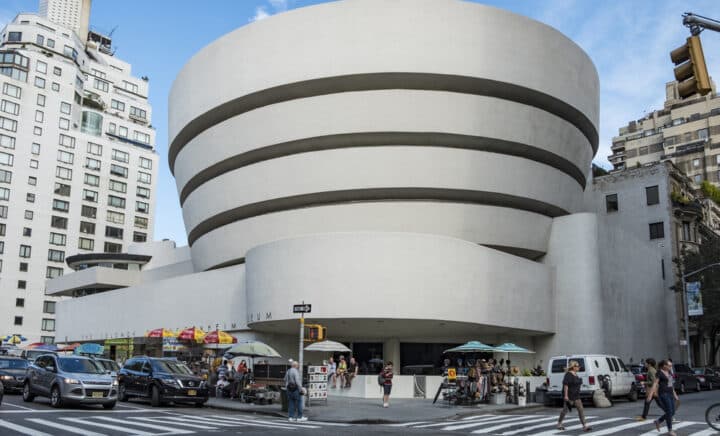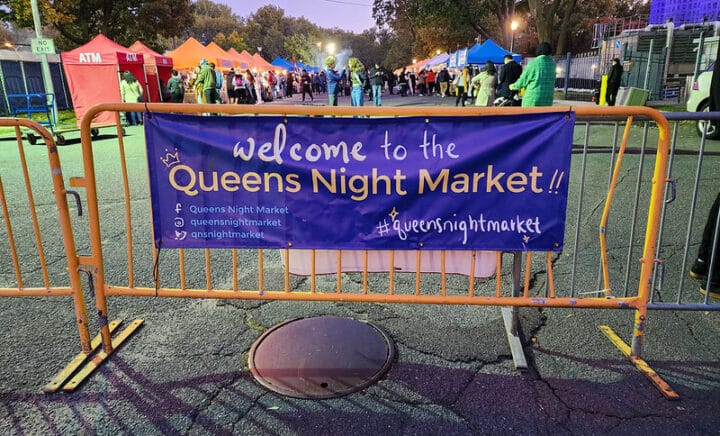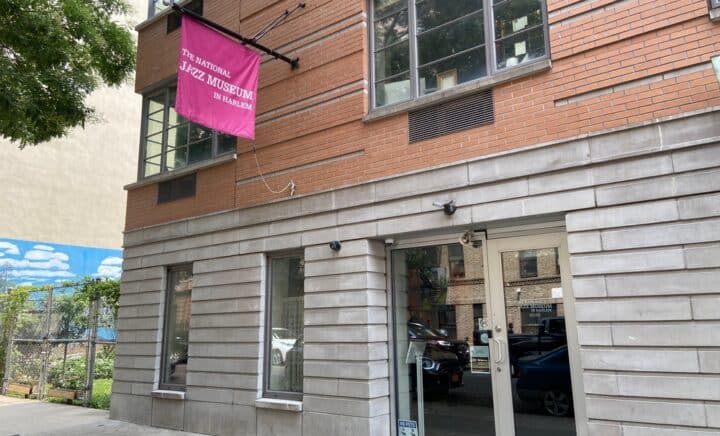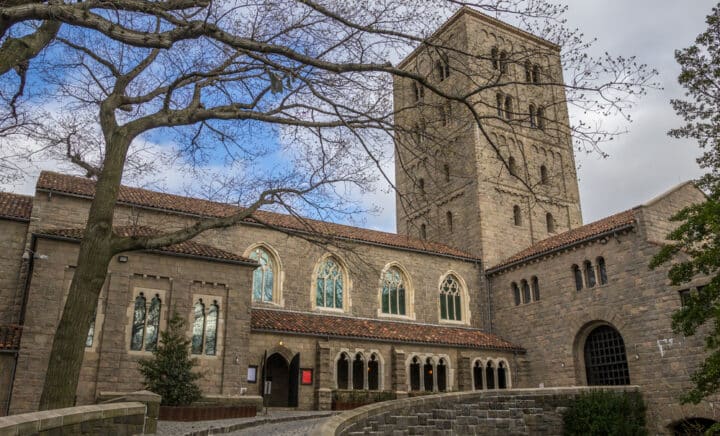Let’s peel back the curtain on a neighborhood that vibrates with the energy of its people and the stories they carry from corners of the globe, converging in Astoria, Queens. This is not just another travel guide. Here, we weave through the streets where every corner tells a tale, every scent carries a memory, and every face has a story. As we journey together through Astoria, we’re not just visitors but part of a narrative unfolding long before our arrival. The focus of our tale? The cultural treasures in Queens are a testament to the neighborhood’s pulsating heart and soul, particularly its Greek heritage that stands out like a beacon for explorers seeking authenticity.
Savoring Astoria: A Culinary Odyssey Through Greek Kitchens
Taverna Kyclades: The Quintessence of Greek Dining
Nestled in the vibrant neighborhood of Astoria, at 33-07 Ditmars Blvd, Taverna Kyclades stands as a beacon of authentic Greek cuisine, offering an experience that transcends the typical dining encounter. This renowned eatery does more than serve food; it invites patrons into a rich cultural immersion, celebrating the heritage and flavors of Greece. The essence of the Aegean Sea is encapsulated in every dish, from the succulent grilled octopus, renowned for its tenderness and flavor, to the lavishly seasoned lamb chops that evoke the spirit of Mediterranean feasts. Each meal is a testament to the establishment’s commitment to quality, prepared with ingredients that speak of the earth and sea’s bounty.
The ambiance at Taverna Kyclades further enhances the dining experience with a decor that mirrors the azure blues and whites of the Greek Isles, creating an inviting and authentic setting. The warmth of Greek hospitality is palpable, with a staff that welcomes you as though into their home, eager to share the stories behind their dishes. This is a place where meals are lingered over, where diners are encouraged to savor each bite, and where the vibrant spirit of Greek culture is alive in every detail.
Paradise for Pastry Aficionados: Artopolis Bakery
A short stroll from the bustling streets into the heart of Astoria leads to an enchanting discovery at 23-18 31st Street: Artopolis Bakery, a sanctuary for lovers of fine pastries and baked goods. Here, the air is sweet with the scent of freshly baked baklava, spanakopita, and many other delicacies, each offering a taste of Greek tradition. Artopolis is more than just a bakery; it’s a place where the art of pastry making is celebrated, where each confection is crafted not merely for consumption but as a tribute to the rich culinary heritage of Greece.
Artopolis Bakery prides itself on using recipes passed down through generations, preserving the authenticity and essence of traditional Greek pastries. The attention to detail is evident in every layer of phyllo, every sprinkle of nuts, and every drizzle of honey, ensuring that each bite is a journey to the heart of Greek culture. The bakery’s atmosphere is warm and welcoming, with a team of passionate bakers who are artisans and storytellers eager to share the history and significance of their creations.
Beyond its famed sweets, Artopolis offers various savory options, from the classic spanakopita to the less-known but equally delightful tiropita, each a mosaic of flavors and textures. The bakery has become a cornerstone of the community, where friends gather, families celebrate, and traditions are kept alive. Every visit to Artopolis finds food and a piece of Greek heritage, lovingly preserved and shared with all who walk through its doors.
Beyond the Plate: Astoria’s Cultural Canvas
The Noguchi Museum: A Sanctuary of Art and Reflection
Upon stepping into the serene grounds of the Noguchi Museum at 9-01 33rd Road, visitors are gently ushered into a world where art and landscape merge into a harmonious symphony. This unique space, dedicated to the visionary works of Isamu Noguchi, transcends the conventional museum experience, inviting guests on a meditative journey through the fusion of sculpture, nature, and architecture. From delicate stone sculptures to grand metal works, Noguchi’s creations are meticulously placed in settings that enhance their beauty and significance, allowing for a contemplative interaction with each piece.
The museum’s design, an extension of Noguchi’s artistic philosophy, blurs the lines between indoor and outdoor spaces, encouraging visitors to explore the interconnectedness of man, art, and nature. Through the thoughtful arrangement of his works, Noguchi challenges us to perceive the world with renewed insight and imagination. The museum showcases his artistic legacy and serves as a testament to his belief in the transformative power of art as a vehicle for personal and collective reflection.
Astoria Park: The Green Heart of Queens
Astoria Park, nestled between the iconic Hell Gate Bridge and the Robert F. Kennedy Bridge, is a verdant oasis in the heart of Queens. This expansive park is a tranquil oasis amidst the city, featuring verdant lawns, majestic trees, and sweeping views of the East River and the Manhattan skyline. As Astoria’s most substantial patch of greenery, it’s a cherished spot for locals and tourists, praised for its recreational amenities such as running tracks, basketball courts, and the oldest and most significant swimming pool in New York City.
But Astoria Park’s true magic lies in its ability to unite people, serving as a vibrant hub for community events, cultural festivals, and spontaneous gatherings. The park’s scenic beauty at sunset, when the sky and river merge into a spectacle of colors, provides a stunning backdrop for moments of connection and contemplation. It symbolizes Queens’ dynamic blend of urban energy and natural tranquility, offering a space where the city’s pulse slows down, and nature’s rhythm takes over.
Murals That Talk: The Streets of Astoria
Astoria’s streets are an open-air canvas, vividly depicting the neighborhood’s diverse cultural fabric through striking street murals. Each mural’s unique blend of colors, styles, and themes acts as a visual narrative, telling stories of heritage, hope, and community. These public artworks range from intricate portraits of historical figures to abstract representations of contemporary life, reflecting Astoria’s residents’ creative spirit and resilience.
The murals beautify the urban landscape and spark conversations and connections among those who encounter them. They serve as landmarks of pride and identity for the neighborhood, symbolizing Astoria’s rich cultural diversity and its embrace of artistic expression as a means of communication and celebration. Walking through Astoria, one is invited to pause and engage with these art pieces, each stop offering a moment of discovery and a glimpse into the collective soul of the community.
Conclusion
Whether you’re tracing the footsteps of ancient Greek traditions at Taverna Kyclades, unraveling the artistry of pastry making at Artopolis Bakery, finding solace in the quietude of the Noguchi Museum, breathing in the freshness at Astoria Park, or reading the city’s stories on the murals that adorn its walls, Astoria invites you to be more than just a spectator. It beckons you to become a part of its narrative, which continues to evolve with each visitor who walks its streets, drawn by the allure of its cultural treasures.

